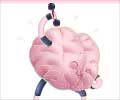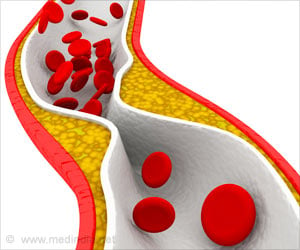A new research says that 90 days of vigorous athletic training produces significant changes in the heart's structure and function.
According to a new study, 90 days of vigorous athletic training produces significant changes in the heart's structure and function, and that the type of change varies with the type of exercise performed.
In the study, the researchers followed athletes over several months to determine how the training process actually causes change to occur, said Aaron Baggish, MD, a fellow in the MGH Cardiology Division and lead author of the study."Most of what we know about cardiac changes in athletes and other physically active people comes from 'snapshots,' taken at one specific point in time. What we did in this first-of-a-kind study was to follow athletes over several months to determine how the training process actually causes change to occur," said Baggish.
In order to investigate how exercise affects the heart over time, the research team enrolled two groups of Harvard University student athletes at the beginning of the fall 2006 semester.
One group was comprised of endurance athletes - 20 male and 20 female rowers - and the other, strength athletes - 35 male football players. Student athletes were studied while participating their normal team training, with emphasis on how the heart adapts to a typical season of competitive athletics.
Echocardiography studies - ultrasound examination of the heart's structure and function - were taken at the beginning and end of the 90-day study period.
Participants followed the normal training regimens developed by their coaches and trainers, and weekly training activity was recorded. Endurance training included one- to three-hour sessions of on-water practice or use of indoor rowing equipment.
Advertisement
At the end of the 90-day study period, both groups had significant overall increases in the size of their hearts.
Advertisement
"We were quite surprised by both the magnitude of changes over a relatively short period and by how great the differences were between the two groups of athletes. The functional differences raise questions about the potential impact of long-term training, which should be followed up in future studies," said Baggish.
While this study looks at young athletes with healthy hearts, the information it provides may someday benefit heart disease patients.
"The take-home message is that, just as not all heart disease is equal, not all exercise prescriptions are equal. This should start us thinking about whether we should tailor the type of exercise patients should do to their specific type of heart disease. The concept will need to be studied in heart disease patients before we can make any definitive recommendations," said Baggish.
The study is published in Journal of Applied Physiology.
Source-ANI
SPH/L











